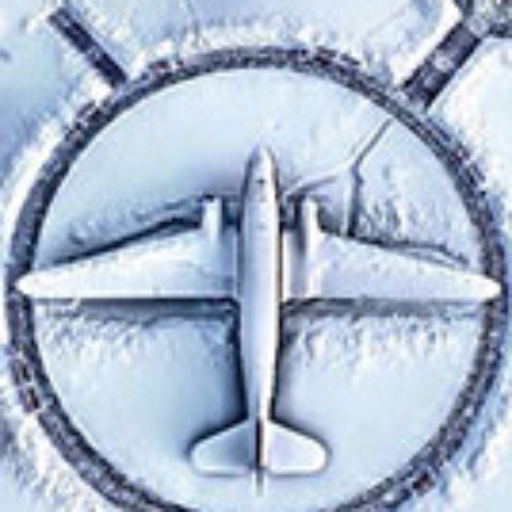Sample Training Programme
Wherever you learn to fly, the basic progression remains the same. You may do it faster or slower, part-time or full-time but you still need to meet the same milestones and gain the same knowledge and experience.
The earliest you can start learning to fly is at 16 years old and at this stage you are eligible to hold a Private Pilot Licence. For most integrated courses you will need to be 18 years old so that you can then hold a Commercial or Airline Transport Pilot Licence.
You will need to have a good knowledge of the english language and be able to pass an oral and written test. English is the international aviation language, so this knowledge is essential.
It will help you greatly to have a good understanding of Mathematics and Physics and some trainers and airlines will insist that you have passed higher level examinations in these subjects. To pass through the various stages of pilot training you will also have to pass theory examinations in several subjects. These are usually examined by the regulator and require a significant amount of time and effort to pass.
Your ground training will include theoretical courses for
- Private Pilot Licence
- Instrument Rating
- Night Rating
- Multi Engine Ration
- Commercial Pilot Licence
- Airline Transport Licence. Note: once you have passed the ATPL subjects, the credits can be FROZEN until you accumulate the flying hours necessary to unlock the full ATPL licence.
This ground training will usually cover the topics of
- Air law and ATC procedures
- Airframes & systems, electrics, power plant, emergency equipment
- Instrumentation
- Weight and balance
- Performance
- Flight planning & monitoring
- Human performance & limitations
- Meteorology
- General navigation
- Radio navigation
- Operational procedures
- Principles of flight
- Communications
Flight Training will usually take you through the Private Licence, Instrument Rating, Multi Engine endorsement and Commercial Pilot Licence. The actual Airline Transport Licence will require you to build hours to meet the minimum specified for your countries licence requirements.
Having completed this training you likely have a minimum of
- 100 hours as pilot-in-command (PIC)
- 20 hours of cross country time as PIC
- at least one cross country flight that tools at least 300nms and two take off and landings at airports other than your departure.
- 10 hours of instrument training
- 5 hours of night flying which included one cross country flight and 5 solo take-offs and landings
- 5 hours on a complex aircraft. This could be retractable landing gear, constant speed propellor or twin engine.
Finally you will have to pass several flight examinations along the way. The practical tests will require you to demonstrate the ability to
- Operate the airplane within its limitations
- Complete all manoeuvres in a smooth and accurate manner
- Exercise good judgement and airmanship
- Apply your aeronautical knowledge
- Maintain control of the airplane at all times.
This may seem a huge amount of work and even if you train full time, you will need well over a year to get through these basic courses. It is important to remember that training is ongoing for a pilot. In fact it is one of the few professions where you are required to constantly revise and be tested on your knowledge, and that requires you to undergo checking and training 2 to 3 times a year in order to maintain your job.
Manipulating the aircraft is only one part of the job. Flight management requires you to constantly make assessments and decision in accordance with company and regulatory rules and requirements.
